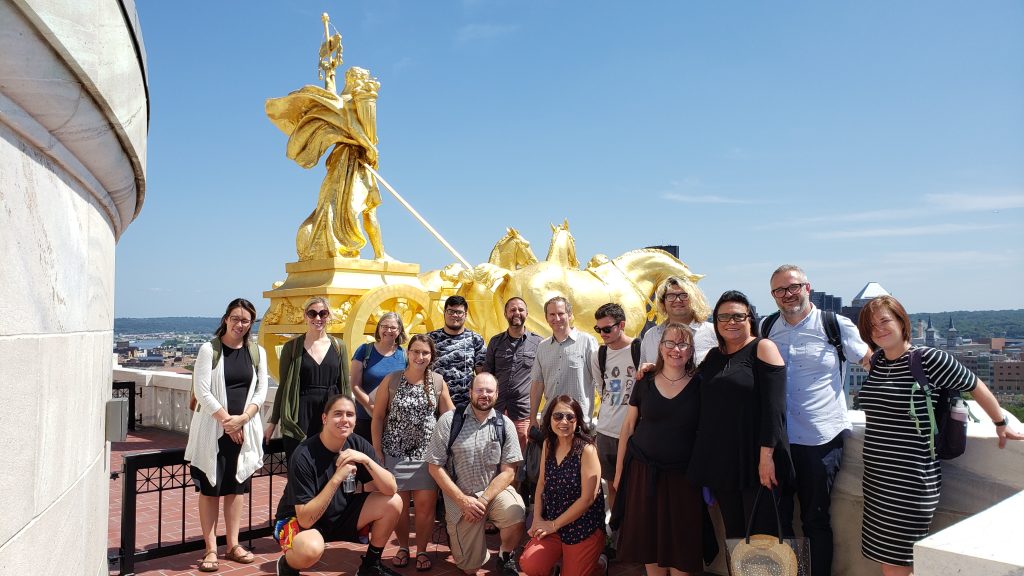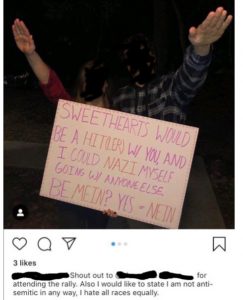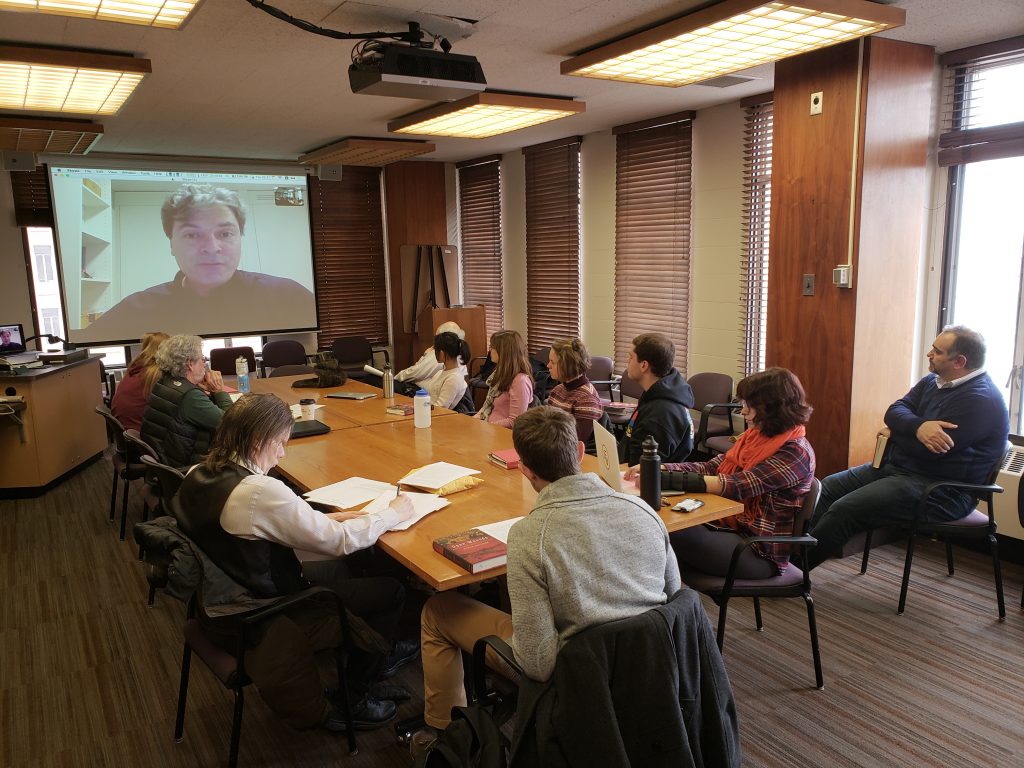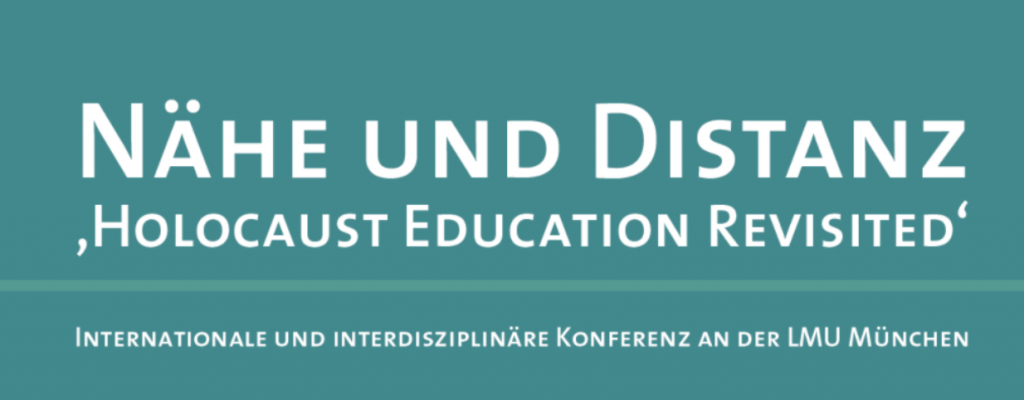Several years ago, I transitioned my high school Holocaust and genocide studies elective course from an in-person class to a virtual one. At the time, I had many questions and concerns about teaching such difficult subject matter in a virtual environment. While there were certainly challenges, the switch pushed me to examine my teaching praxis more deeply, explore a flipped model of learning, and find new resources and technologies to engage both synchronously and asynchronously.
While certainly sometimes the technology seems to be more of a barrier and actual physical distance between us seems insurmountable, rich texts, robust discussions, and a common purpose inevitably bridge the gaps and bring us together as a class. In the end, I am always reminded of the resilience of my students and my own resilience as an educator. While April is going to be a difficult month for both students and educators in Minnesota and across the country, I know that we will find a way to adjust and adapt to the new and uncertain times ahead. The outpouring of support I have received from colleagues, families, and friends, gives me tremendous hope and lets me know that I am not alone.




